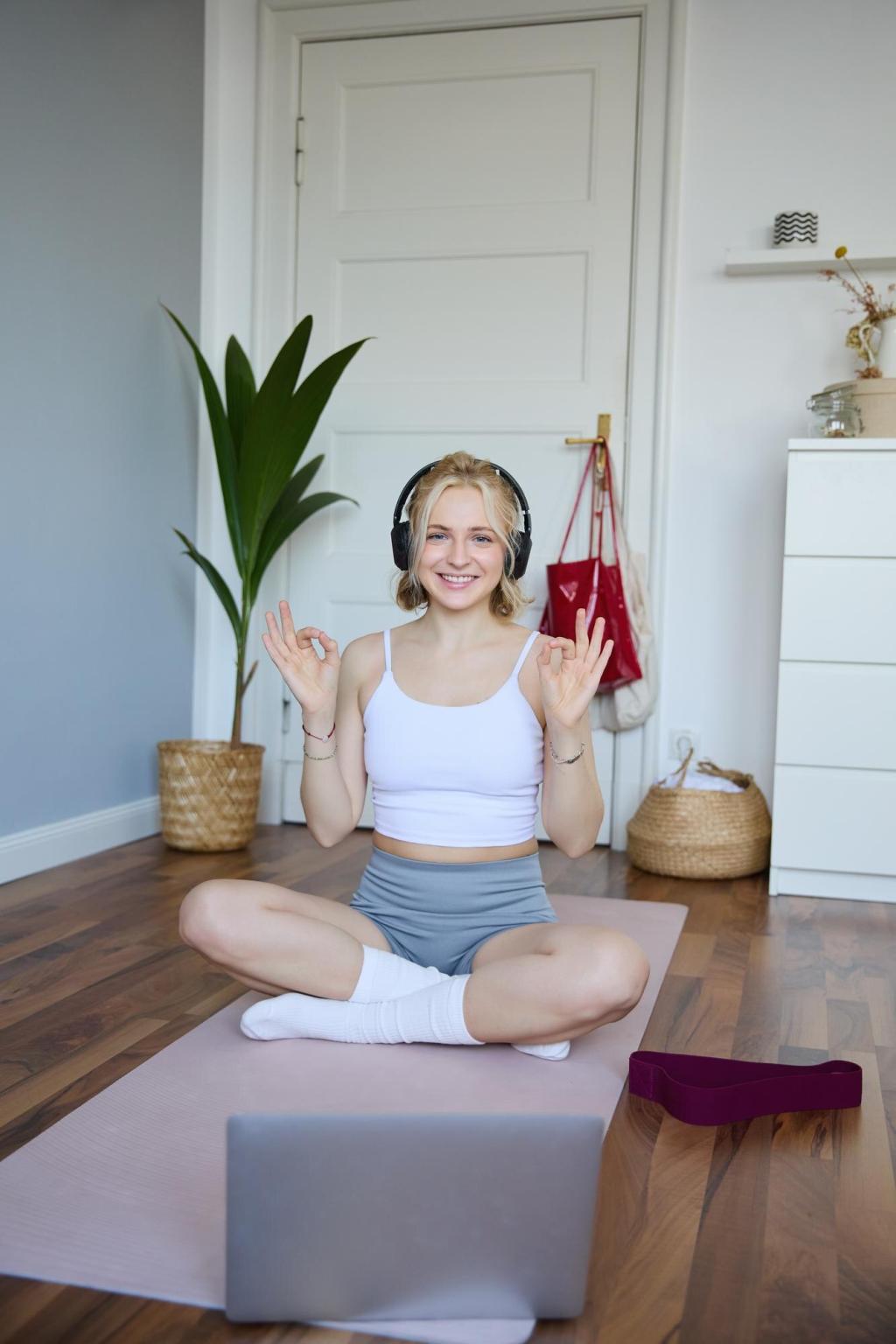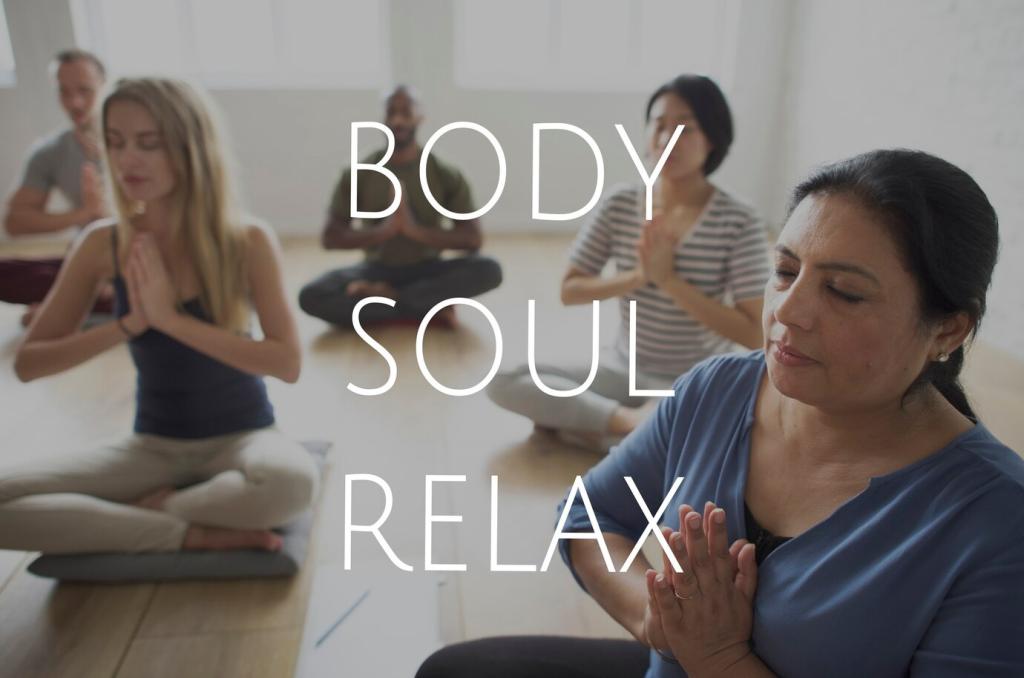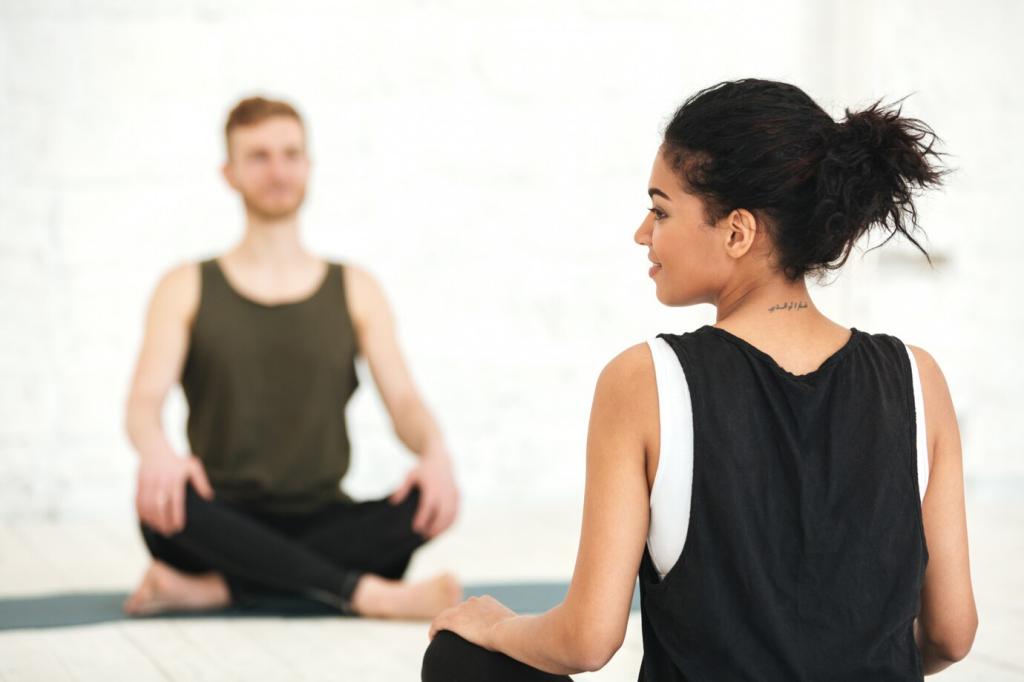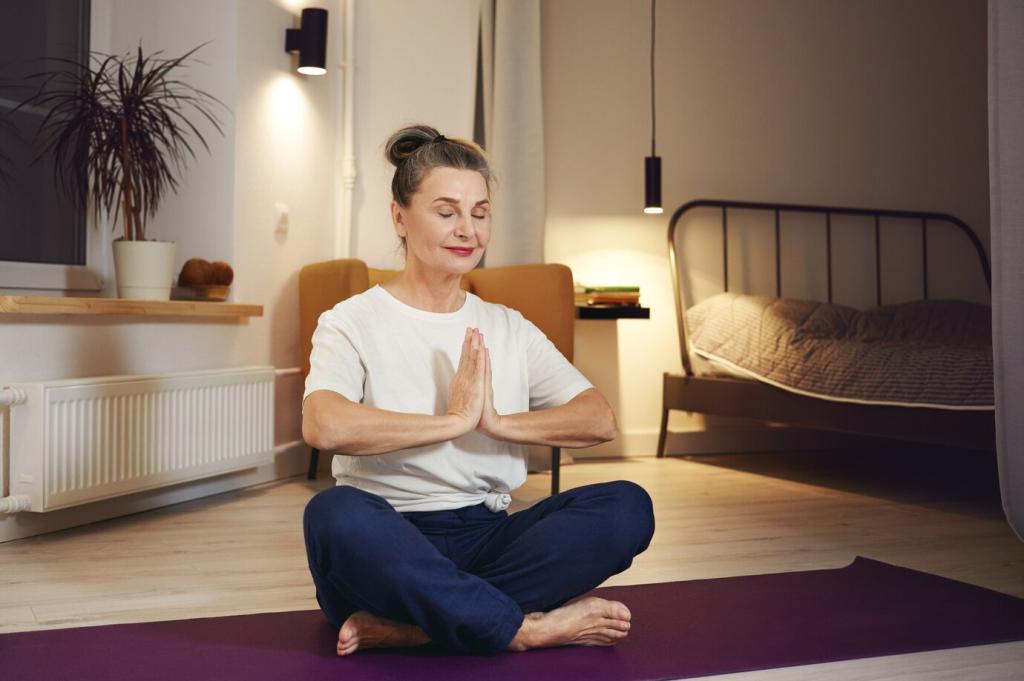Understanding Vipassana: Seeing Clearly, Kindly
Vipassana, often translated as “insight,” stems from early Buddhist teachings like the Satipatthana Sutta. For your first steps, treat it as a practical method: observe what arises, remain curious, and let understanding grow naturally through direct experience rather than abstract theory.
Understanding Vipassana: Seeing Clearly, Kindly
Beginners often confuse insight with concentration. In practice, a touch of calm steadies your attention, while insight observes changing sensations and thoughts. Let your first sessions balance both: settle gently, then look clearly. Share in the comments how you sense this balance developing.






